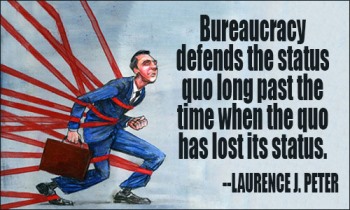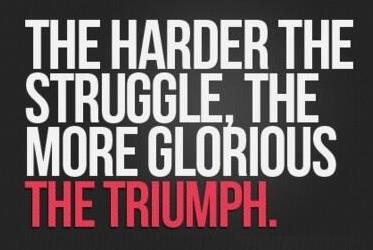I am always astonished as how fast bureaucracy can develop in any organisation, i.e. activities being created that keep people busy with limited value created for the client. In this HBR article (in French) ‘Le coût de la bureaucratie‘ some measures of bureaucracy and of its costs are developed. At the same time, some bureaucracy, systems and standards is needed to keep large organizations going and remain effective as they scale. How can the right balance be found?
 Bureaucracy is measured by looking for example at the time it takes to get a given decision, and the HBR paper shows that it increases significantly with the size of the organization. This is obviously a problem. At the same time, some kind of control is required on decisions being taken, in particular when they can have a large leverage on the organization’s performance. Similarly, a minimum of internal coordination and systems are required when an organisation grows, to make work more effective; but they should not be too inflexible and unable to adapt to new circumstances.
Bureaucracy is measured by looking for example at the time it takes to get a given decision, and the HBR paper shows that it increases significantly with the size of the organization. This is obviously a problem. At the same time, some kind of control is required on decisions being taken, in particular when they can have a large leverage on the organization’s performance. Similarly, a minimum of internal coordination and systems are required when an organisation grows, to make work more effective; but they should not be too inflexible and unable to adapt to new circumstances.
There is a fine balance between not enough and too much bureaucracy. Those organisations that find the right balance are the most effective. The main issue, I find, is that principles of operation often become obsolete but remain in force in bureaucratic organizations. I believe that every few years, a hard look should be taken at how the organisation works, and an objective of replacing 30 to 40% of its operating principles should be sought.
Do you practice this periodic health check?











